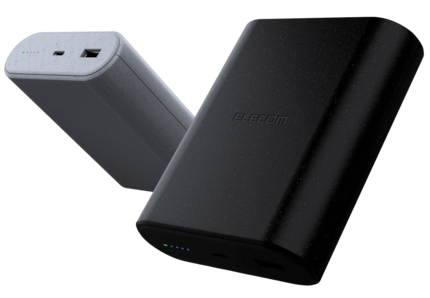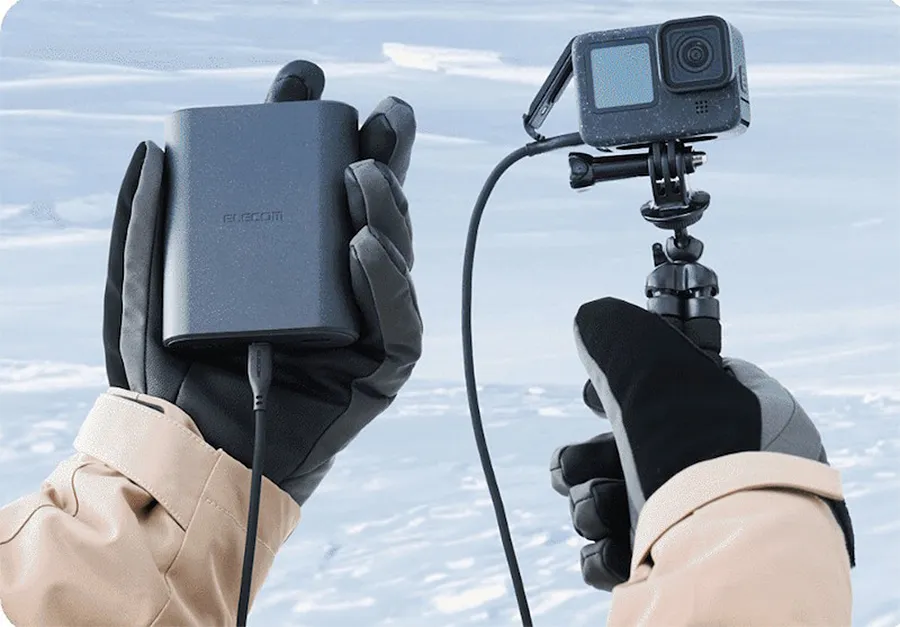
The first sodium-ion power bank lasts 13 years
The Japanese manufacturer Elecom has launched the first sodium-ion power bank on the market. With 5000 charging cycles, it has a longer service life than the lithium-ion models commonly used to date.
Extremely long service life
With a weight of 350 grams, the sodium-ion power bank from Elecom is around a third heavier than previous commercially available lithium-ion models with a similar capacity. Its dimensions are also slightly larger. The Na Plus offers 9000 mAh and delivers up to 45 watts via its USB-C port and up to 18 watts via the USB-A port. It takes around two hours to charge and LEDs indicate the charge status.
The power bank from Elecom is the first version. It would therefore not be unusual for successor models to be lighter, more compact and cheaper.
Sodium-ion batteries: many advantages and one disadvantage
Sodium-ion batteries have several advantages over lithium-ion models:
- Sodium is available in larger quantities as a raw material and is associated with lower production costs
- Sodium-ion batteries are less susceptible to overheating and have a lower risk of fire if damaged.
- Sodium-ion batteries perform better at lower temperatures
At present, sodium-ion batteries still have a disadvantage compared to lithium-ion models, which makes them less attractive, especially for small mobile devices: Their energy density is lower. This means that they require more space to store the same amount of energy as lithium-ion batteries. This is why the first model from Elecom is such a speciality, but it is also larger and heavier than the usual power banks currently available.
As a primary school pupil, I used to sit in a friend's living room with many of my classmates to play the Super NES. Now I get my hands on the latest technology and test it for you. In recent years at Curved, Computer Bild and Netzwelt, now at Digitec and Galaxus.
From the latest iPhone to the return of 80s fashion. The editorial team will help you make sense of it all.
Show all
